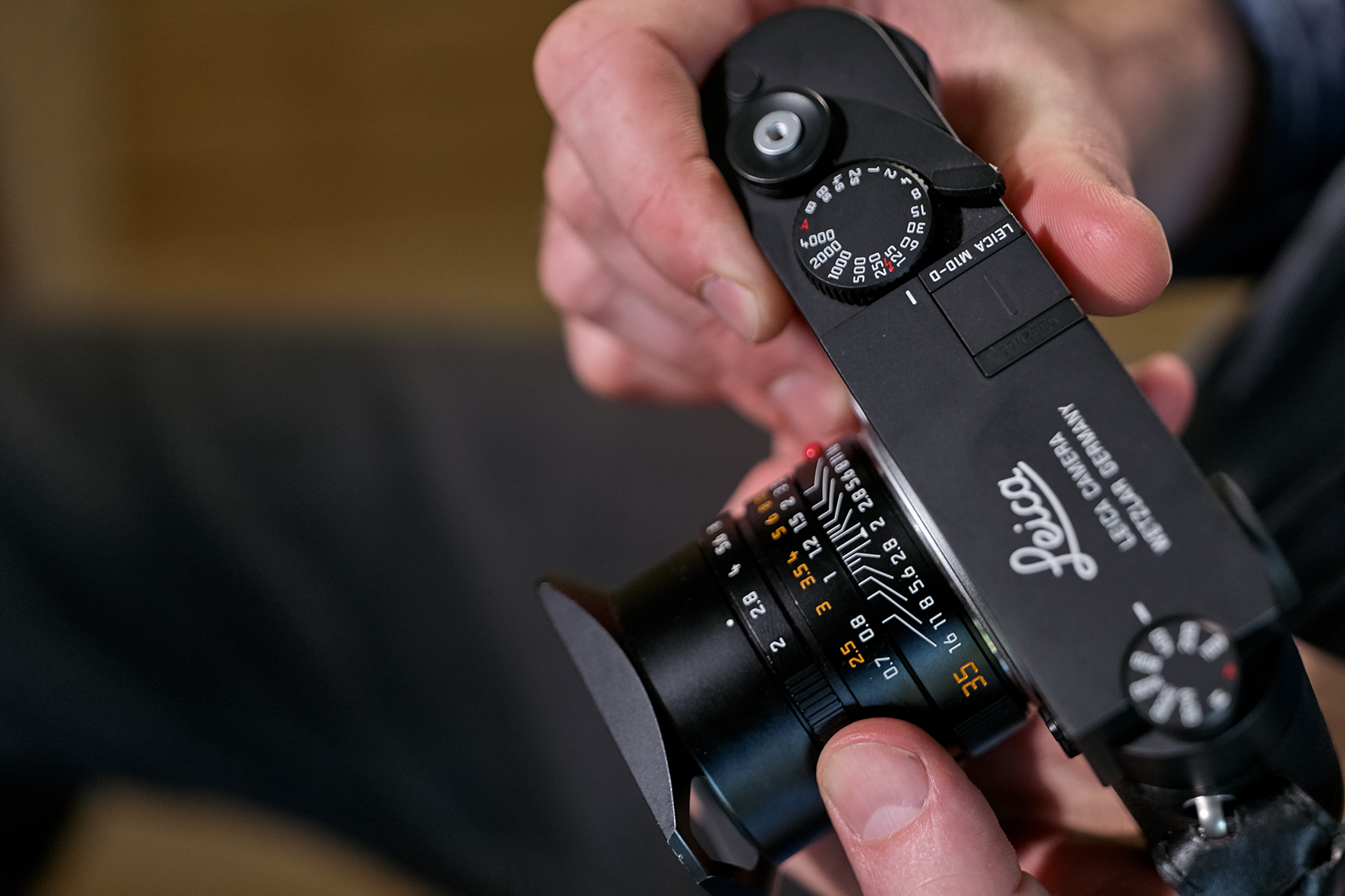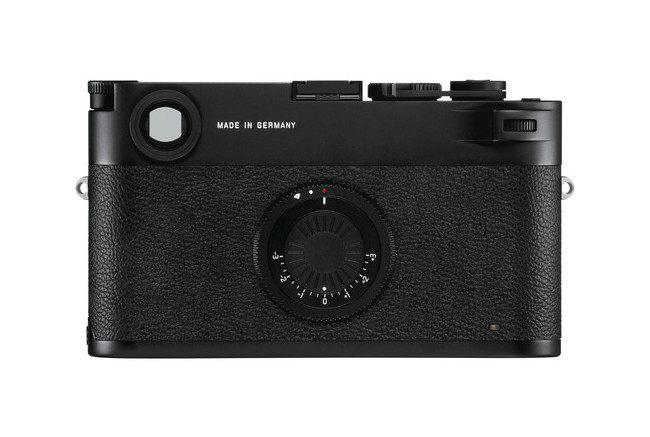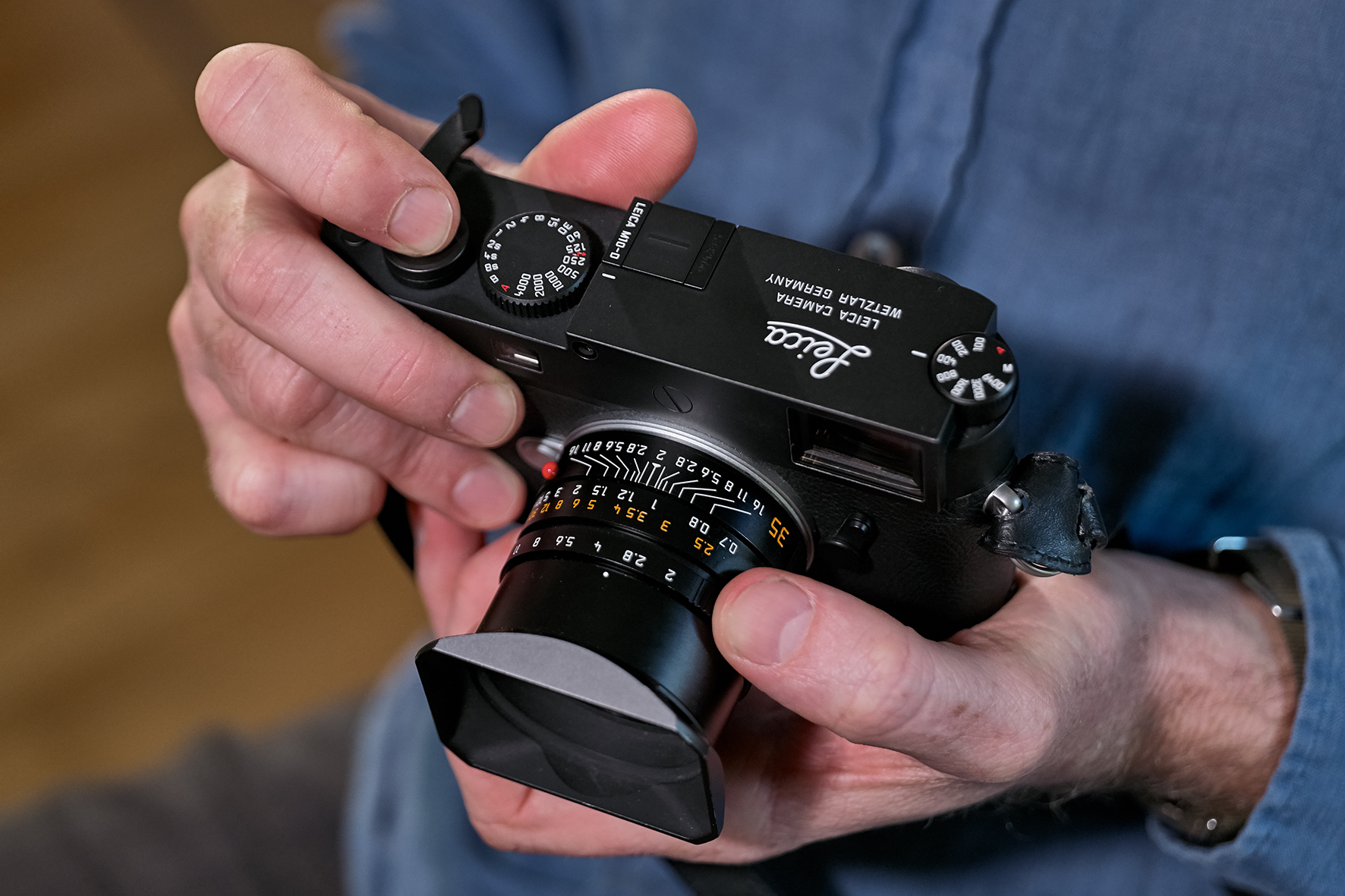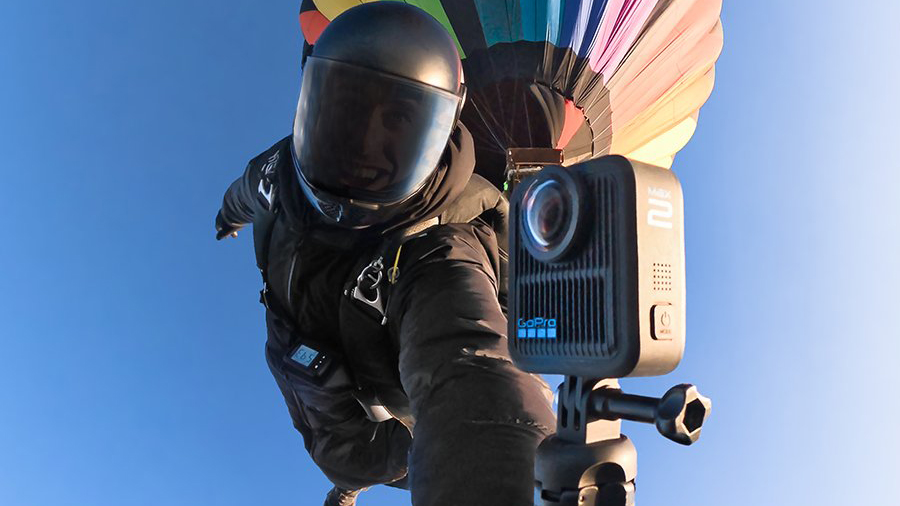Sounds like Leica is making an M11-D… and I'll be first in line to get one!
It's being reported that a Leica M11-D (without an EVF or screen) is on the way – and if so, I'll be first in line to buy one

For those of you who are trying to achieve the "shooting film" experience on digital cameras, you might have tried all sorts of things. Limiting your images to 24 or 36, using a low-capacity SD card, heck, even shooting in black-and-white only to give you that timeless nostalgia.
But there is one camera that I have always wanted, but could never afford or find on the second-hand market – and when I do, again it's a fortune – and I feel that it is the perfect balance between a digital workflow and shooting an old film camera: the Leica M10-D.
The -D is a Leica M10, but it is missing one key feature that had many photographers and Leica users question the Red Dot giant's choices: it doesn't have a screen! Yes, you read that right, there is no screen at all on this digital camera that originally cost over $7,000 – and I have always wanted to own one as, to me, it's the pinnacle of analog shooting in a digital world.
Well, according to Leica Rumors, the luxury brand could launch a Leica M11-D later in 2024 – which will again be a Leica M11 but without the screen. And if it does, I will be first in line to buy one!
The -D series of cameras was first introduced with the Leica M262 series, which saw the first incarnation of this wonderful design, simply referred to as the Leica M-D (Typ 262) and launched in 2016.
This was the first time that the rear LCD screen and rear buttons were removed and replaced with a Leica -M film camera-style rear back – which saw the return of the ASA dial, this time with ISO marking and linked to the camera's electronics, and it only shot in RAW DNG.
In fact, this is the first time that you could change your Leica camera setting and preview images on your phone – just like a lot of users love today when shooting with the M11, M11 Monochrom or the newly announced M11-P.
The best camera deals, reviews, product advice, and unmissable photography news, direct to your inbox!
Two years later in 2018, Leica announced the Leica M10-D, the successor to the original Leica M-D, also foregoing the LCD screen and rear buttons, but this time the old-style ASA dial was used for exposure compensation and retailed for around $8,000.
Now I know a lot of you are going to think I'm crazy for wanting one, and Leica is crazy for making them, but honestly – if Leica did make an M11-D, it could be the perfect digital companion to my Leica M2, and to my CCD sensor Leica M-E.
Maybe I like it because of its quirkiness, and because it goes against the grain, but either way, I think owning and using one day in and out would be a total joy – and at this point, I don't just want one, I need one!
Leica fans will be interested in the best Leica cameras, including the new Leica SL3, and you might like to check out the best Leica alternatives.

For nearly two decades Sebastian's work has been published internationally. Originally specializing in Equestrianism, his visuals have been used by the leading names in the equestrian industry such as The Fédération Equestre Internationale (FEI), The Jockey Club, Horse & Hound, and many more for various advertising campaigns, books, and pre/post-event highlights.
He is a Fellow of the Royal Society of Arts, holds a Foundation Degree in Equitation Science, and holds a Master of Arts in Publishing. He is a member of Nikon NPS and has been a Nikon user since his film days using a Nikon F5. He saw the digital transition with Nikon's D series cameras and is still, to this day, the youngest member to be elected into BEWA, the British Equestrian Writers' Association.
He is familiar with and shows great interest in 35mm, medium, and large-format photography, using products by Leica, Phase One, Hasselblad, Alpa, and Sinar. Sebastian has also used many cinema cameras from Sony, RED, ARRI, and everything in between. He now spends his spare time using his trusted Leica M-E or Leica M2, shooting Street/Documentary photography as he sees it, usually in Black and White.



